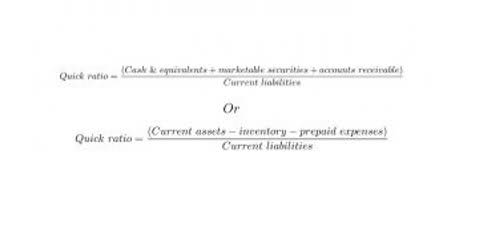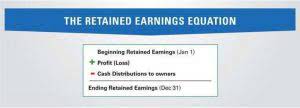
Determining ownership and responsibility at a defined location enhances the fob shipping point efficiency and reliability of global trade transactions. The main difference lies in the point at which ownership and responsibility for goods transfer from the seller to the buyer. In FOB Shipping Point, it happens when the goods are shipped, with the buyer bearing the shipping costs. FOB Destination occurs when the goods reach the buyer’s destination, and the seller covers the shipping costs.
FOB Destination Vs. FOB Shipping Point Explained
- Join the digital logistics world and access a vast network of vetted freight forwarders from one single place.
- The seller maintains ownership of the goods–and responsibility for replacing damaged or missing items–under the FOB destination agreement until goods arrive at their destination.
- FCA or “free carrier” means a seller is obligated to deliver goods to a specified location or carrier where the buyer will take responsibility for transit.
- Just enter the dimensions and weight of your goods and specify the port of shipment, and you’ll get your FOB price calculation instantly.
- With this option, the seller assumes more risk and responsibility, which can provide buyers with peace of mind.
- FOB Shipping Point is a key shipping term where responsibility and costs transfer to the buyer once the goods are shipped.
So, try Upper’s 7 days free trial and experience a faster, more reliable, and cost-effective movement of goods across your logistics operations. Unloading costs typically fall under the responsibility of the buyer in FOB delivery. FOB shipping points is particularly advantageous for businesses with specific operational models. When you agree to receive items under FOB shipping point terms, it’s essential to be aware of your liabilities.

Determining Which FOB Term to Use

Join the digital logistics world and access a vast network of vetted freight forwarders from one single place. At Eurosender, we collaborate with reliable cargo transport companies and international carriers and will connect you to the best provider for you. Our team of experts will act as an intermediary on your behalf to organise every detail of the shipping service.
Due Diligence on Carriers
- In contrast, EXW (Ex Works) places maximum responsibility on the buyer, as the ownership transfers at the seller’s premises, and the buyer manages the entire shipping process.
- If any issues arise during shipping, the seller handles resolving them and may need to replace or refund the damaged goods.
- Under FOB shipping point, the buyer pays all costs after the goods are loaded onto the carrier—freight, insurance, and customs fees.
- The key difference between FOB and CIF (Cost, Insurance, and Freight) is when the responsibility for the goods transfers from seller to buyer.
- Until the items have arrived at the buyer’s location, the seller retains legal responsibility for them.
- Originally stemming from maritime shipping, FOB Shipping Point has expanded beyond sea transportation to include land and air freight.
On the other hand, under FOB Destination, risk transfer occurs when the goods reach their destination and are unloaded. This means the seller will bear any costs, damages, or losses that occur during transit. FOB Destination has specific accounting implications for both the buyer and the seller.

Benefits of Using FOB Destination

FOT (Free on Truck) is a term referring to cargo being carried by truck and can be used when shipping goods by truck. FOB (Free on Board) is an Incoterm® referring to cargo carried via sea or inland waterway. Understanding the differences between each is as simple as knowing how much responsibility the buyer and supplier assume under each agreement. If anything happens to the goods on any leg of the journey to the buyer, the supplier assumes all responsibility. Just enter the dimensions and weight of contra asset account your goods and specify the port of shipment, and you’ll get your FOB price calculation instantly.
Products
On its most basic meaning, the Incoterm FOB determines that the seller is responsible for the cargo until it has been loaded into the vessel at the port of origin. A buyer can save money by using FOB Destination since the seller assumes costs and liability for the transportation. However, the disadvantage for the buyer is the lack of control over the shipment, including shipment company, route, and delivery time. Choosing FOB (Free On Board) shipping point as the basis for international shipping agreements offers several advantages for both buyers and sellers. FOB status says who will take responsibility for a shipment from its port of origin to its destination port. It indicates the point at which the title of the goods transfers from the seller to the buyer, and therefore who needs to cover the costs of transit and deal with any issues.
It plainly lays out how far along into the process the supplier will ensure that your goods are moved and at what point the buyer takes over the shipment process. In the FOB shipping point, ownership shifts from the seller to the buyer when the goods are loaded onto the carrier Insurance Accounting at the point of shipment. The buyer is then responsible for transportation, including selecting the carrier, covering freight costs, and obtaining transit insurance. When shipping goods internationally, understanding the difference between FOB Destination and FOB Shipping Point is crucial. These terms determine the point at which ownership of the goods transfers from the seller to the buyer, as well as who is responsible for the cost and risk of transporting the goods. This article provides an in-depth analysis of both terms, including their definitions, advantages, disadvantages, and practical tips for successful shipping under each term.


